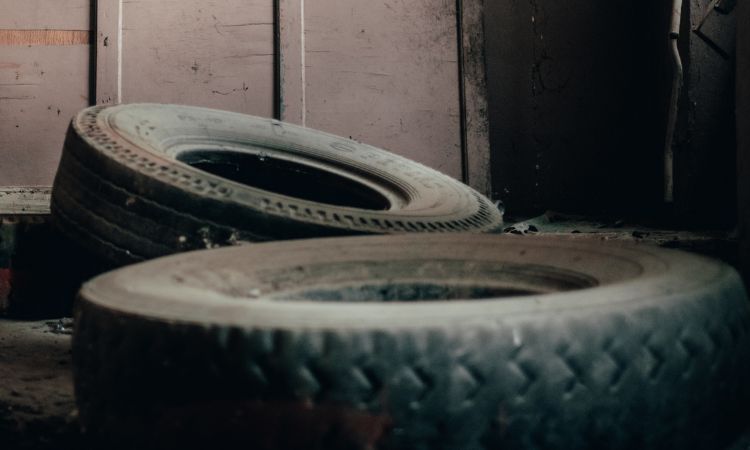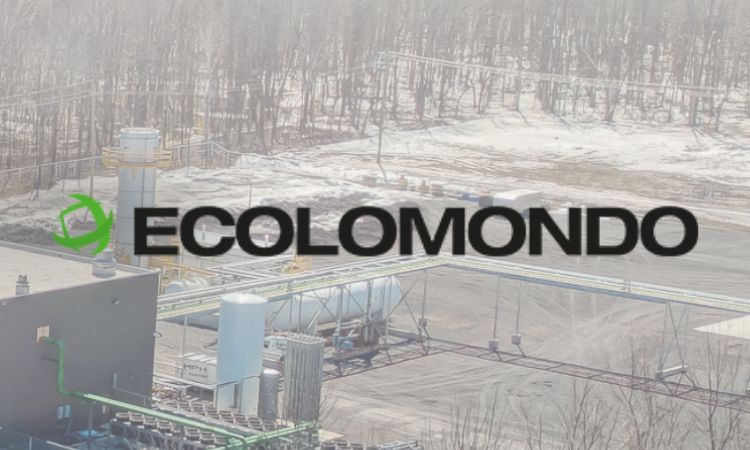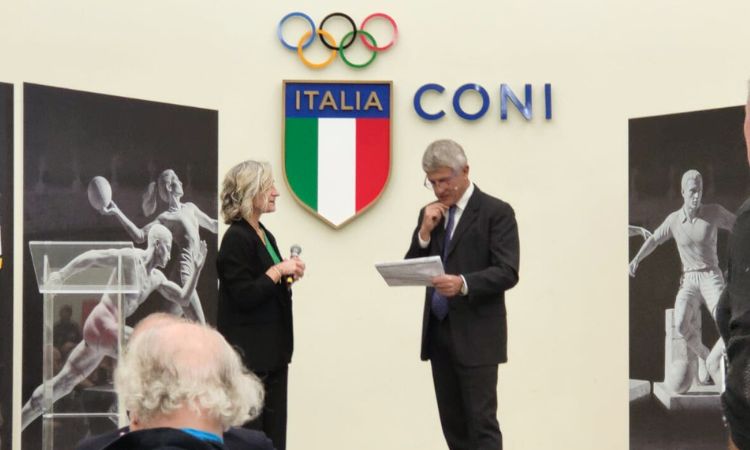LIFE SILENT Project: advancing noise mitigation with crumb rubber
The LIFE SILENT project focuses on sustainable solutions to reduce noise emissions from road and rail traffic in urban areas. Traditional noise barriers often disrupt urban aesthetics and airflow, causing discomfort for residents. Thus, the European Commission advocates for noise mitigation at the source, such as low-noise pavements.
Despite past challenges, LIFE SILENT revisits source-based solutions innovatively by developing new road pavements and low-height noise barriers (LHNB), supported by reliable data for infrastructure owners.
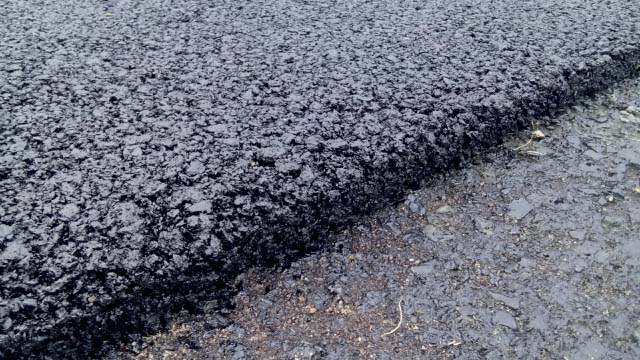
Low noise pavements. | Photo by LIFE SILENT project
The project has three main objectives:
- Durable Low-Noise Pavements: Enhancing the fatigue resistance and acoustic properties of pavements by mixing bitumen with functionalized cellulose fibers from waste materials and crumb rubber from end-of-life tires. This technology aims to increase pavement durability by 20% while maintaining acoustic and safety performance, thus reducing long-term costs and improving sustainability.
- Improved LHNB Performance: Designing noise barrier panels with metamaterial techniques for better acoustic absorption compared to traditional materials. These barriers will use 85% recycled rubber, focusing on sustainability, safety, and maintenance.
- Noise Mitigation Management: Developing operational methodologies to integrate various noise mitigation measures effectively and efficiently in complex urban environments.
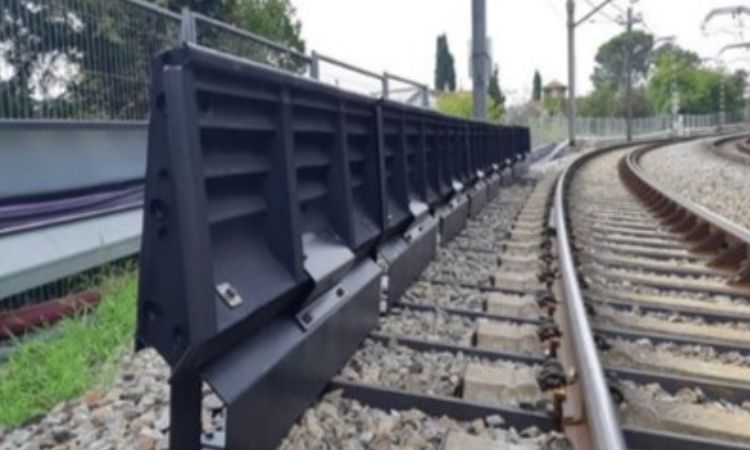
Low height noise barriers (LHNB). | Photo by LIFE SILENT project
These efforts aim to create quieter, safer, and more sustainable urban spaces, highlighting the potential of innovative technologies and recycled materials in tackling noise pollution.
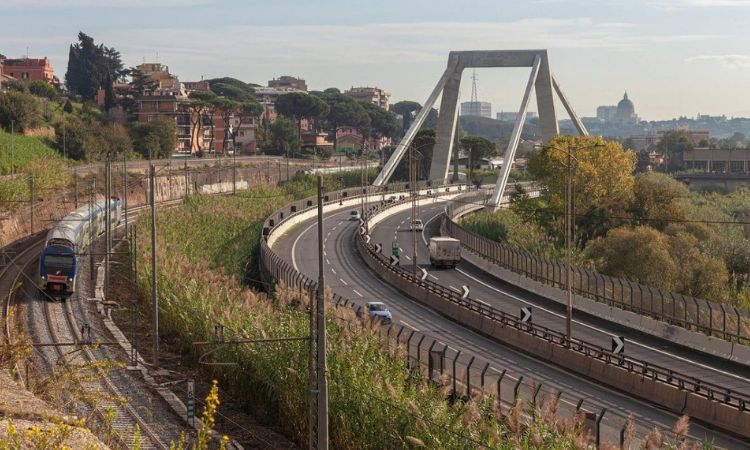
Pilot site: the solutions developed will be tested and implemented at a real test site, located in a densely populated area, known as Muratella, in Rome, Italy, with a population of 154.974 inhabitants. | Photo by LIFE SILENT project
To find out more, proceed to the LIFE SILENT project's website.
Weibold is an international consulting company specializing exclusively in end-of-life tire recycling and pyrolysis. Since 1999, we have helped companies grow and build profitable businesses.







